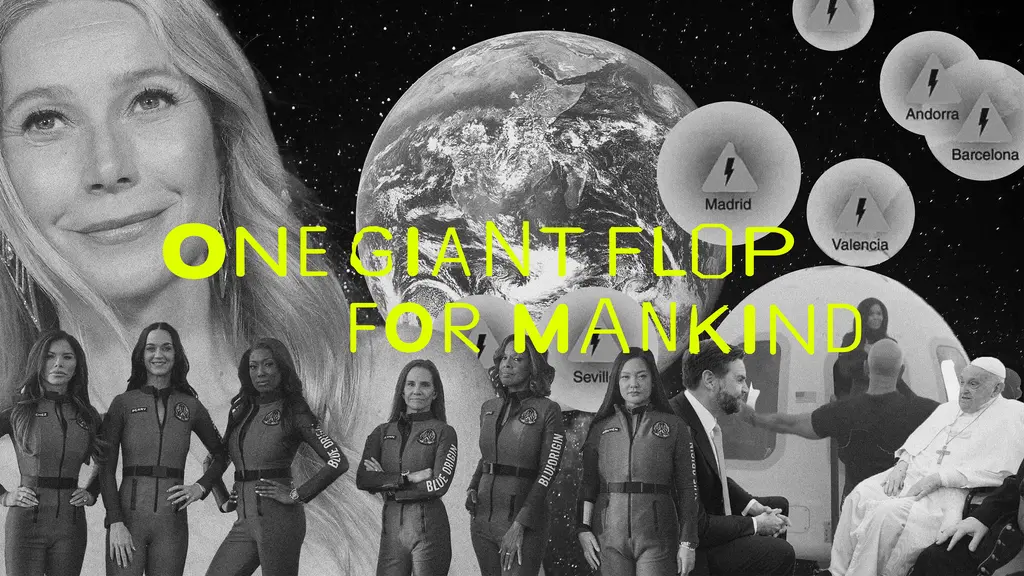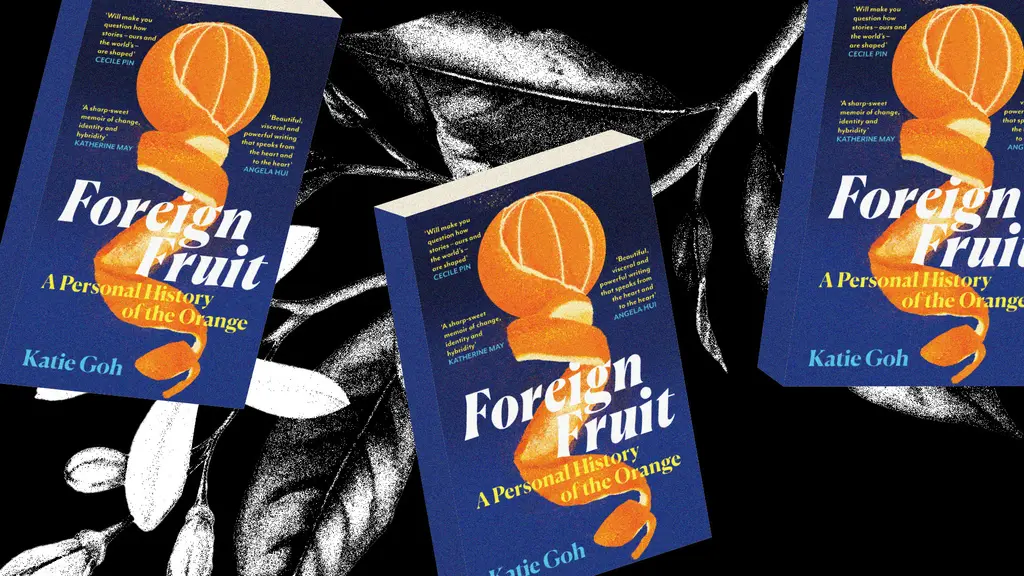Documenting the joy and defiance of west Asia’s LGBTQ+ communities
- Text by Isaac Muk
- Photography by Ksenia Kuleshova

In 2015, Russian photographer Ksenia Kuleshova was standing on the escalator in Copenhagen Airport having just arrived for a short holiday, when two men struck up a conversation with her. The pair were heading home to St Petersburg after their own mini-break, and enjoying the photographer’s engaged demeanour, they opened up and explained that they were a couple.
As the pair left to catch their flight, they exchanged social media and contact details with the photographer before parting ways. When later looking at their profiles, Kuleshova’s first reaction was shock at how open they were about their relationship. “Many questions immediately arose as to how this was possible in Russia, I remember how surprised I was by this fact,” Kuleshova recalls. “Aren’t they in danger?”
Born in Kaluga, a small town 180km (112 miles) from Moscow, Kuleshova was well aware of the difficulties faced by Russia’s LGBTQ+ community. Homophobic attitudes are commonplace throughout the country particularly in rural areas, and rarely spoken about – Kuleshova herself only discovered queer people existed when she was well into her teens. The situation was fortified in law in 2013 when President Vladimir Putin introduced the ‘gay propaganda law’, which criminalised any person or organisation that openly promoted, taught or discussed issues surrounding queer identity to minors, deeming queerness to be a “western value”. The legislation has forced many queer communities underground, and also influenced growing queerphobia within other former Soviet Union nations. Today (November 30, 2023), Russia’s Supreme Court has completely banned what it calls the “international LGBT movement”, labelling it as “extremist”.
Staying in touch with the friends she made in the airport, Kuleshova travelled to St Petersburg to meet and photograph them in 2018, which would be the genesis for her long-running project Ordinary People, now published as her debut monograph by The New Press.
Living with the pair and photographing them in their home and in public, they introduced Kuleshova to their other queer friends and over the next half decade she travelled around Russia, and further afield to Georgia and Armenia, photographing and befriending people who identify as LGBTQ+ in the face of growing oppression.

The book’s pictures are both defiant and joyous – from a trans woman boldly striding along a street in Yerevan, Armenia as heads turn to stare, to images of couples in private, safe quarters and intimate bedrooms. The visual resilience is by design – she refers to the subjects in her photos as her “heroes”, with the shots only ever taken after connecting deeply with them. “I wanted people to trust me, and the best way to do that [came] with a recommendation from friends,” she explains. “I also listened to podcasts, watched queer programmes where interesting stories were told, and wrote to people I found online. But the best stories I learned from my heroes – communication is crucial in any project, and it was especially important in this one.”
The pictures focus on the everyday, and the book’s title Ordinary People: Portraits from LGBTQ Armenia, Georgia, and Russia is testament to the power queer people hold by simply existing in many parts of Eastern Europe. The shots subvert the typical tropes of western LGBTQ+ photography, which often focuses on queer bodies and the ‘sex’ in sexuality. “I realised that I don’t like the fact that the LGBTQ+ theme is always covered from one side: the stage and makeup and naked bodies in bed,” she says. “For everyone, it’s a personal matter. The moments that happen in everyone’s life, regardless of orientation were what I wanted to photograph – it was my intention to show that it’s normal to be gay.”


The book’s publication comes at an increasingly difficult time for queer people. In December 2022, Putin introduced an expanded, harsher version of the anti-LGBT propaganda law in the wake of his invasion of Ukraine, restricting materials expressing non-cis, non-hetero identities even to adults. While Russia doesn’t collate statistics relating to anti-LGBTQ+ hate crimes – because those at the top don’t classify the violence as such – research by University College Dublin examining court records found that a threefold rise in violence against LGBTQ+ people since the 2013 law was introduced.
Anecdotally, the situation is growing worse, with Kuleshova explaining that most people have to be discreet about their sexualities, and hide their relationships. When outed, the results are often horrific. “Yesterday, I received devastating news from one of the heroes from Armenia,” she says. “One of the community members, who was just 17 years old, committed suicide by throwing himself off a bridge. He did it after being cyber bullied and outed by Armenian conservatives on the internet [and] afterward he was subjected to violence and abuse from his parents, which was followed by him being kicked out of the house.
“Another tragic case took place 12 weeks ago in Yerevan: a 28-year-old transgender woman was brutally killed and her apartment was set on fire,” she continues. “She had previously told friends she was being stalked. According to the coroner she was stabbed, which they tried to hide by setting the apartment on fire.”
It’s a heartbreaking situation that is reality for many LGBTQ+ folk. It’s why for Kuleshova, the book’s publication is a small, but important moment. “Every life matters,” she says defiantly. “Every representation has a significant impact. Society must accept the diversity of all citizens and protect the rights of all individuals, regardless of gender identity – the book is a tribute to my heroes who took part, and it’s also important for those who haven’t come out yet. I hope it helps someone feel better.”
Ordinary People: Portraits from LGBTQ+ Armenia, Georgia and Russia by Ksenia Kuleshova is published by The New Press.
Follow Ksenia on Instagram.
Follow Isaac on Twitter.
Enjoyed this article? Like Huck on Facebook or follow us on Twitter.
Support stories like this by becoming a member of Club Huck.
You might like

Remembering New York’s ’90s gay scene via its vibrant nightclub flyers
Getting In — After coming out in his 20s, David Kennerley became a fixture on the city’s queer scene, while pocketing invites that he picked up along the way. His latest book dives into his rich archive.
Written by: Miss Rosen

On Alexander Skarsgård’s trousers, The Rehearsal, and the importance of weirdos
Freaks and Finances — In the May edition of our monthly culture newsletter, columnist Emma Garland reflects on the Swedish actor’s Cannes look, Nathan Fielder’s wild ambition, and Jafaican.
Written by: Emma Garland

Why Katy Perry’s space flight was one giant flop for mankind
Galactic girlbossing — In a widely-panned, 11-minute trip to the edge of the earth’s atmosphere, the ‘Women’s World’ singer joined an all-female space crew in an expensive vanity advert for Jeff Bezos’ Blue Origin. Newsletter columnist Emma Garland explains its apocalypse indicating signs.
Written by: Emma Garland

Katie Goh: “I want people to engage with the politics of oranges”
Foreign Fruit — In her new book, the Edinburgh-based writer traces her personal history through the citrus fruit’s global spread, from a village in China to Californian groves. Angela Hui caught up with her to find out more.
Written by: Angela Hui

Meet the hair-raised radicals of Berlin’s noise punk scene
Powertool — In his new zine, George Nebieridze captures moments of loud rage and quiet intimacy of the German capital’s bands, while exploring the intersections between music, community and anti-establishment politics.
Written by: Miss Rosen

We are all Mia Khalifa
How humour, therapy and community help Huck's latest cover star control her narrative.
Written by: Alya Mooro









